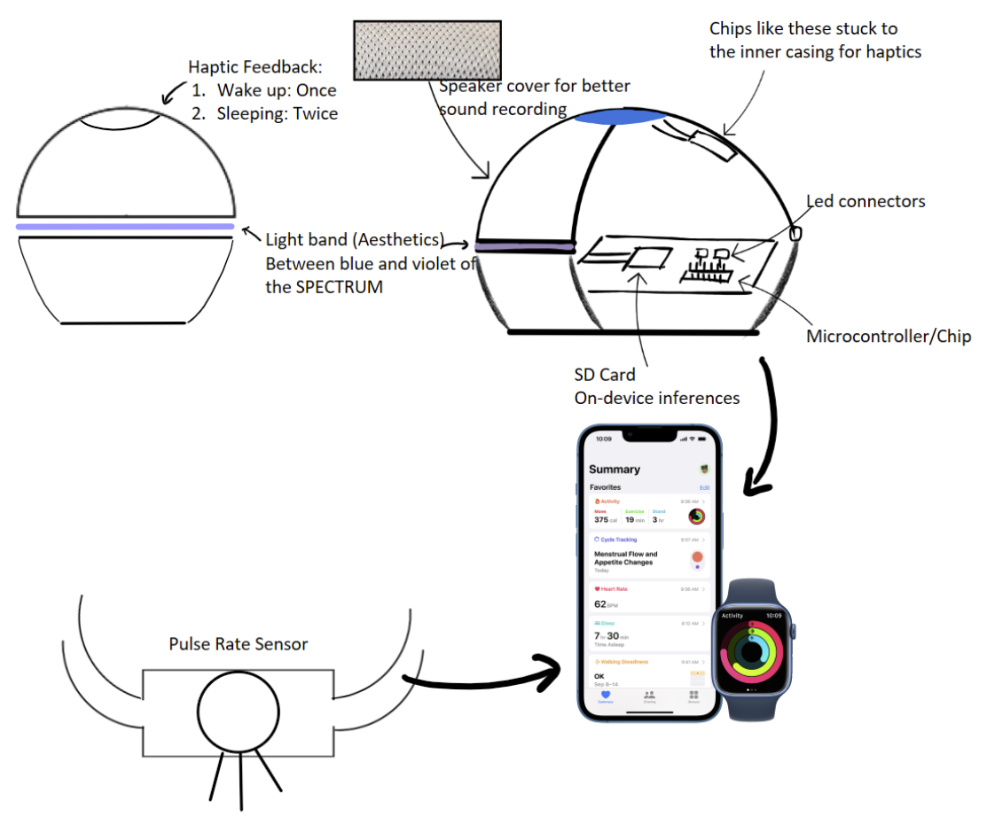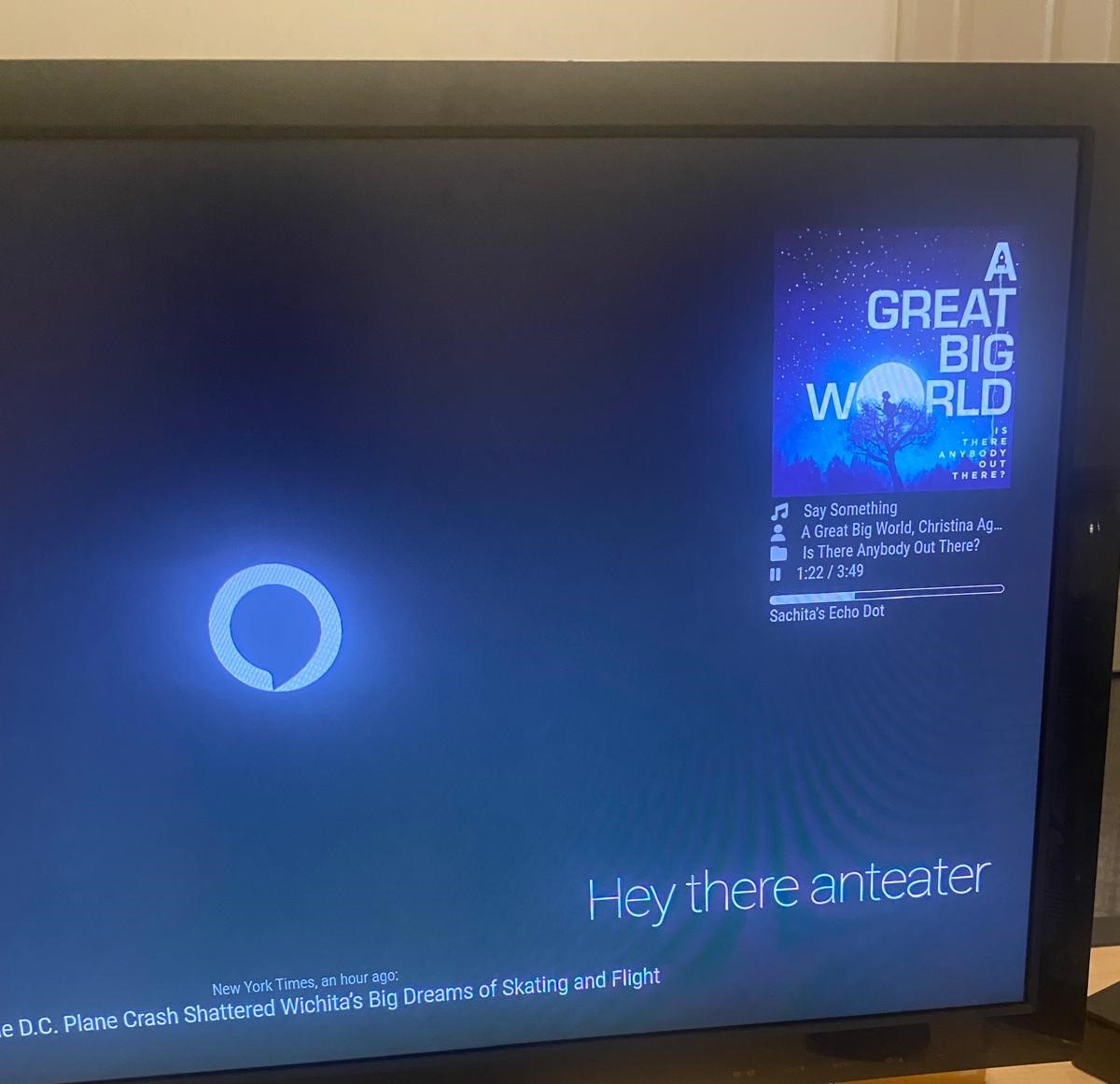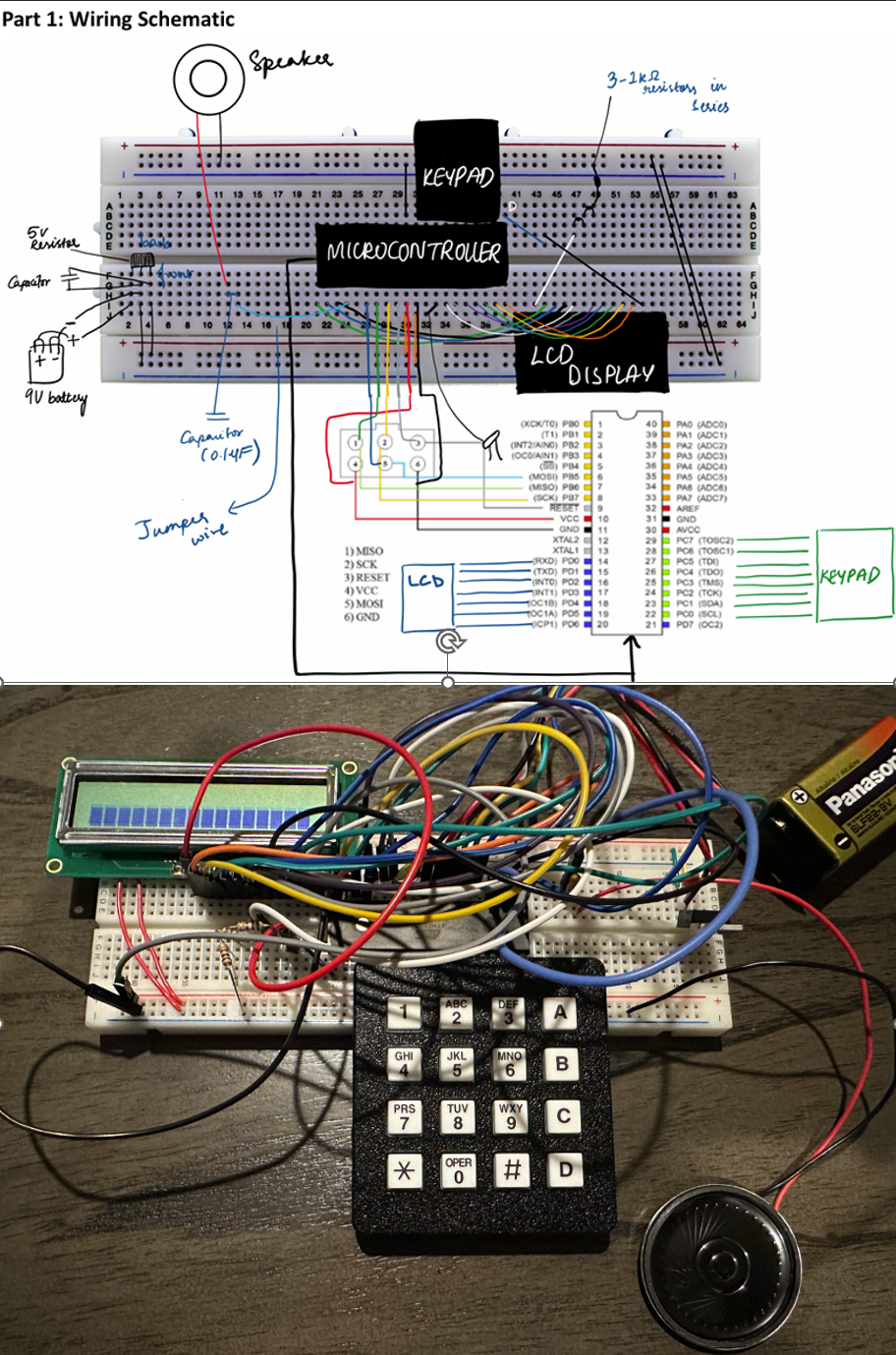My Projects
SleePod
(Ongoing)
The SleepPod tracks and analyzes various sleep aspects to promote health and well-being. It monitors snoring, palpitations, hyperventilation, breathing lapses, and sleep disturbances, while optimizing the sleep environment by managing external factors. The hardware includes microphones, sound meters, respiratory and heart rate sensors, and environmental sensors for temperature, humidity, and noise. These components work with sound analytics software to process audio data. The device, placed on a nightstand, uses filtering techniques to minimize echo and stores audio files on a memory card or in real-time, transferring them to the cloud for analysis. Security is ensured through end-to-end encryption. The system focuses on sleep patterns, deprivation, and age-related factors to provide insights for improving sleep quality and well-being, though it is not for diagnostic purposes.

Smart Mirror
Mirror Mirror on the Wall - CSV
"Mirror Mirror on the CVS” is an innovative smart mirror project that combines advanced technology with everyday functionality, offering users a unique and seamless experience. The concept stems from the increasing demand for smart home devices that enhance convenience and multitasking in daily life. Traditional mirrors, while essential, are often overlooked as potential smart devices. Our project reimagines the mirror as an interactive, multi-functional tool that integrates real-time information and hands-free controls.
The smart mirror features a two-way reflective surface that overlays digital content such as weather updates, time, and music playback. A Raspberry Pi serves as the core of the system, handling data processing and integration with APIs like Spotify and WeatherApp to deliver real-time functionality. To ensure a user-friendly experience, the device incorporates Amazon Alexa for voice-activated controls, allowing users to interact with the mirror without touching it.
This project is designed for individuals who value efficiency and seek to streamline their daily routines. By enabling users to check critical updates while getting ready or performing other tasks, the smart mirror transforms the way we interact with mirrors. It also provides a platform for further expansion, with potential modules like news updates, calendars, and even voice-controlled LED lighting.
The primary goal is to deliver a reliable, fully customizable, and aesthetically pleasing product that seamlessly integrates into modern homes. Through this project, our team explores the intersection of hardware, software, and user-centered design, creating a device that not only meets functional needs but also enhances the overall smart home ecosystem.

Hackathon Project
Greedy Ants
When the sustainable fair took place on campus, we heard that food
waste takes up 1/4 of the landfill. This is alarming because a lot of
resources go into growing them, and it contributes to the ongoing global
warming issue. We wanted to create an everyday solution that everyone can
partake in.
With GreedyAnts, once you enter the ingredients into the search bar,
you recieve a recipe which can be cooked effciently with the lmited resources
that you provide.
We had a team of three people working on the front end, and 2 on the
back end. The front end worked with react.js and CSS styling, and the back
end worked with python and flask. While the front end was working on the
skeleton and aesthetics of the site, the backend worked on scraping the data
from the site and parsing it into a usable form for the front end.

Music Player Using ATMega32
This project implements an embedded music player centered around the ATMega32 microcontroller, utilizing a keypad for input, an LCD for display, and a speaker for audio output. The system allows users to select and play pre-stored musical notes, adjust playback settings, and view song information in real time.
Hardware Design
The circuit is powered by a 9V battery, regulated to a stable 5V using a voltage regulator. The ATMega32 microcontroller is powered by connecting its VCC and GND pins to the corresponding terminals on the breadboard.
- Keypad (Port C): Used for user input, with rows connected to PC0–PC3 and columns to PC4–PC7. The user selects songs (A, B, C, D) and adjusts settings such as tempo and pitch.
- LCD (Port B & Port D): Displays the selected song name and playback settings. The RS, R/W, and EN pins connect to PB0, PB1, and PB2, while data is sent through DB0–DB7 (Port D). Three 1000-ohm resistors help stabilize the display.
- Speaker (Port PB3): Generates musical output based on stored notes. A 0.1µF capacitor connects the speaker to the microcontroller to ensure smooth audio playback.
Software Implementation
The system is programmed in C, with functionalities including:
- Song Selection: Users choose songs (A, B, C, D) via the keypad.
- LCD Display: The LCD updates to show the selected song and playback settings.
- Tone Generation: Musical notes are stored in memory and played through the speaker using PWM (Pulse Width Modulation).
- Tempo & Pitch Control: Special keys adjust playback speed and pitch dynamically.
This project demonstrates embedded systems design, integrating real-time user interaction, audio generation, and display control using the ATMega32.
